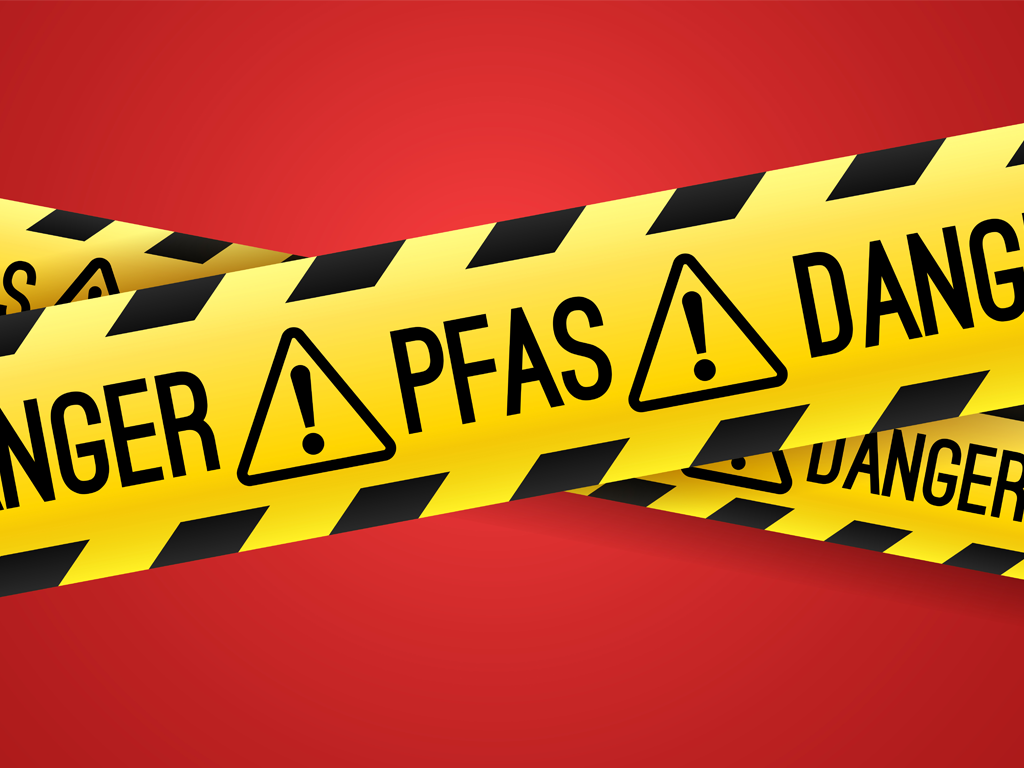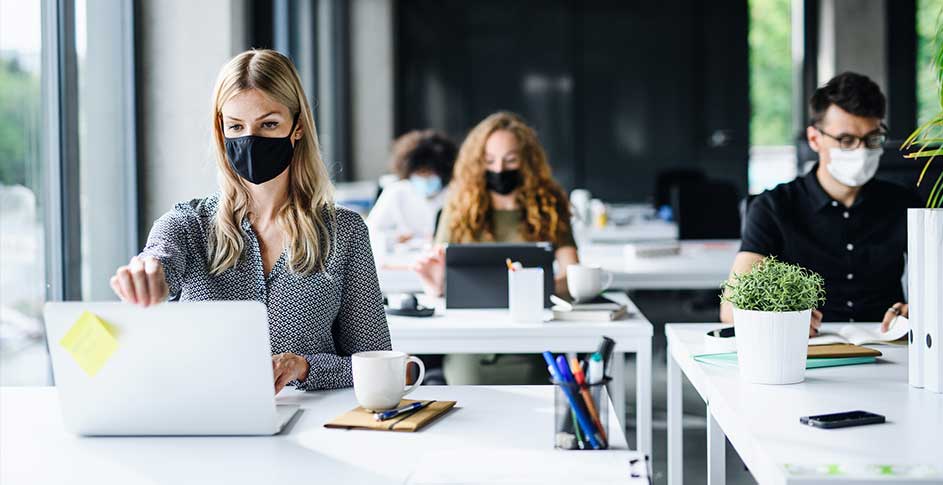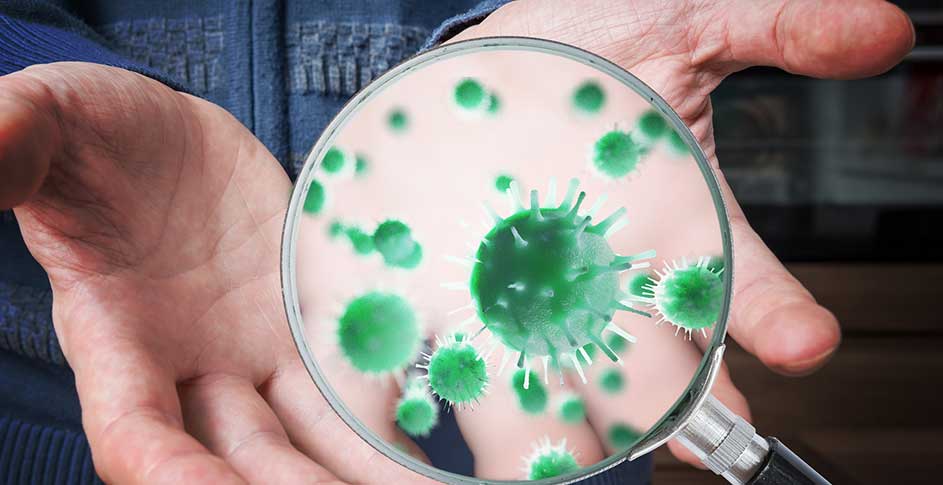Think about all the things you use every day that make life a little easier. That non-stick pan you whipped up eggs in this morning? Or that raincoat that kept you dry on your walk to work? These everyday conveniences probably don't make you think about toxic chemicals, but that's the thing - they might contain harmful substances called per- and polyfluoroalkyl substances (PFAS), also known as "forever chemicals." These chemicals are everywhere, from our clothes to our cookware, and they could be hurting our health and the environment.
What are PFAS?
Imagine a world where the products we use every day have a secret superpower – they never wear out or break down. Sounds great, right? Well, that’s kind of what PFAS are. Unfortunately, their superpower isn’t all it’s cracked up to be. Forever chemicals are like the cockroaches of the chemical world – they just won’t go away. These human-made substances are incredibly stubborn, refusing to break down in nature or even in our bodies. It’s this stubbornness that made them so popular in the first place – remember Teflon? Manufacturers thought, “Hey, let’s use these in everything!” And they did – from your favorite non-stick pan to your contact lenses, and even in the shampoo you used this morning.
There’s a whole family of these chemicals – over 10,000 of them – the most infamous of which are PFOA and PFOS (perfluorooctanoic acid and perfluorooctane sulfonate, respectively). These two are known for causing a range of health issues, including cancers. So, while these chemicals might seem like miracle workers in our products, they’re more like uninvited guests who overstay their welcome – in our environment, in our bodies, and potentially in our health. It’s a classic case of “too good to be true.”
Where are Forever Chemicals Found?
So, where exactly are these pesky forever chemicals hiding? Well, buckle up, because they’re pretty much everywhere. Remember that “superpower” we talked about? It’s the same thing that makes PFAS the ultimate multi-tasker in the product world. Think about your morning routine. That non-stick pan you used to make your eggs? Yep, PFAS. The stain-resistant couch you plopped down on to eat breakfast? PFAS again. Even that takeout container your lunch came in? You guessed it – more PFAS. They’re in your raincoat, your carpet, your surface cleaning spray, and even your dental floss.
But here’s the kicker: these chemicals are like that friend who comes to your party and never leaves. They stick around in our environment long after we’re done using the products they’re in. So while they’re busy making our lives easier in the sort term, they’re also sneaking their way into our soil, water, and air for the long haul. Polychlorinated biphenyls (PCBS), once used in everything from paint to fluorescent lighting ballasts until they were banned in 1979, are still found in water bodies, soil an sediment, air, and fish and wildlife populations over 40 years later. Talk about overstaying their welcome!
Risks to Human Health
Remember how we said these chemicals were like unwanted house guests? Well, the EPA has basically put PFAS on their “Most Wanted” list, as they have been linked to a range of health issues, including:
- Cancer: PFAS have been classified as “likely to cause cancer” by the EPA.
- Reproductive Issues: Exposure to PFAS has been linked to reproductive problems, including reduced fertility and increased risk of pregnancy complications.
- Immune System Suppression: PFAS have been shown to weaken the immune system, making individuals more susceptible to infections and diseases.
- Thyroid Dysfunction: Exposure to PFAS has been linked to thyroid problems, including hypothyroidism and hyperthyroidism.
Risks to the Environment
Unfortunately, forever chemicals are equal opportunity troublemakers, and the risks they pose extend beyond human health. PFAS can harm wildlife and contaminate ecosystems for years to come:
- Water Contamination: PFAS have been found in drinking water sources, posing a risk to both human health and aquatic ecosystems. The United States Geological Survey (USGS) estimates at least 45% of tap water in the United States could contain one or more PFAS.
- Soil Pollution: PFAS can accumulate in soil, leading to long-term environmental damage and contamination of the food chain.
- Wildlife Impact: Exposure to PFAS has been linked to adverse effects on wildlife, including changes in behavior, physiology, and reproduction.
The EPA Steps In
While PFAS have been around for decades, the government has only recently decided to regulate them. In April 2024, the Environmental Protection Agency (EPA) announced a National Primary Drinking Water Regulation (NPDWR) for six PFAS in drinking water sources. This landmark regulation establishes legally enforceable levels for PFAS, potentially reducing exposure to forever chemicals in drinking water for approximately 100 million people. This follows a tightening of restrictions on fine particulate matter by the agency in February. The PFAS implementation timeline extends over several years, with full compliance expected by 2029. For the average person, this regulation will mean increased transparency in public health, improved drinking water quality, and potential reduced health risks associated reduced with PFAS exposure.
Mitigating Individual Risk
Let’s wrap this up with some good news, a deep breath, and a game plan. The EPA is finally suiting up and joining the fight against PFAS in our drinking water, which is a huge first step. But here’s the kicker – drinking water is just the tip of the iceberg, as the agency estimates that drinking water only covers 20% of our exposure to PFAS.
While it may seem like avoiding these sneaky chemicals is as difficult as avoiding political discussions at Thanksgiving dinner, there are some simple steps we can take to kick PFAS to the curb.
First, let’s play a game of “Spot the PFAS-Free Product.” It’s like Where’s Waldo, but for safer living. Swap out the non-stick pan for a trusty cast-iron or ceramic skillet. Your eggs may stick a little, but hey, at least they won’t come with a side of forever chemicals. And when it comes to clothes, maybe embrace those coffee stains as a fashion statement instead of going for the stain-resistant options. PFAS Central has a great PFAS-Free Products page for a quick forever chemical-free reference.
Don’t forget about your beauty routine! Those personal care products might be promising you the fountain of youth, but check the label – you don’t want forever chemicals crashing your skincare party.
Last but not least, consider giving your tap water the VIP treatment with a certified PFAS-removing filter. It’s like having a bouncer for your water, ensuring only the good stuff gets through. In fact, ActivePure’s distribution partner, Aerus, offers a line of several reverse osmosis (RO) systems that can remove PFAS and other drinking water contaminants.
Remember, every step we take matters, no matter how small. While we might not be able to completely banish forever chemicals from our lives, we can start giving them the cold shoulder. So let’s get cracking – our wellbeing and the health of our planet depend on it. At ActivePure, it is our strong belief that clean air and water is a fundamental right everyone should have access to. Together we can make a difference!



